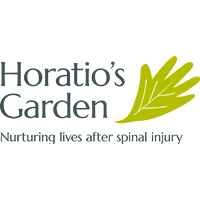A growing community in Kent
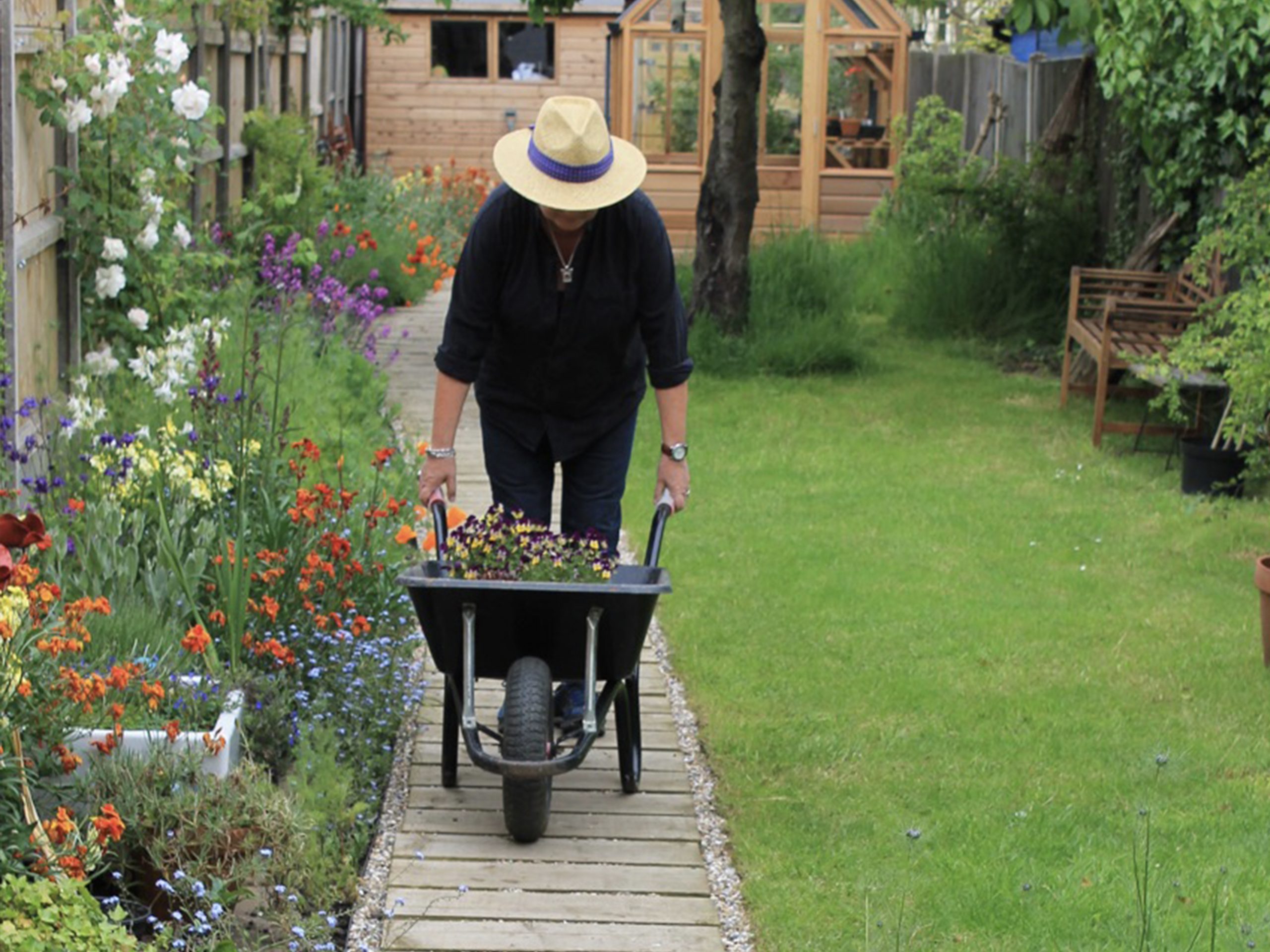
On the coastline of Kent a community of gardeners are growing their own in hoards. From inspiration from Australia to clever integrated planting, the Whitstable garden group share how their vegetable patches have become an essential element to their gardening lives.
When writer Francine Raymond moved to 19 Joy Lane ten years ago, she decided to concentrate on growing fruit in her 150ft x 50ft garden. “Historically fruit grows well in this area: from Henry VIII’s reign onwards, this part of Kent has always been the Garden of England.”
She has planted a small orchard growing local apple and pear varieties in a meadow, with fan trained cherries, apricots, crab apples, quince, damsons, greengages and even persimmon. Berries are grown in beds, with jostaberries, Japanese quince and autumn raspberries against the wall, blueberries in pots, and standard gooseberries and wild strawberries in the flowerbeds.
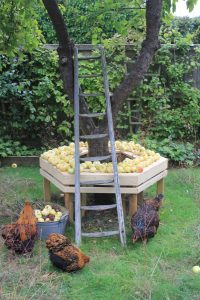
“Fruit is amazingly easy to grow, delicious straight from the tree, beautiful in flower in spring and bountiful in autumn: it’s easy to be generous and share healthy produce with my family, flock of bantams and local wildlife. I try to pick just a few berries, cherries, or orchard fruit for my breakfast every day from early summer onwards. There’s no better way to start the day.”
Down the lane, the Garden Owner of 96 Joy Lane Dr Vernon Brown, learnt about growing vegetables from his father. “He passed down his enthusiasm, I’m a keen gardener, and I particularly love leafy veg, like Swiss chard, Black Magic chard and all the different kales. They grow prolifically without too much fuss, and we even sow them in the flowerbeds because they’re so colourful.”
Plants are grown from seed in the greenhouse then planted out in the vegetable garden. “Eating one’s homegrown produce is hugely satisfying for great flavour and health benefits – both especially important, and it’s particularly rewarding being able to pass on surplus to our family. Also, it saves us a little money, and that pleases my Scottish genes!”
Just a short walk away is 6 Alexandra Road, where Andy Mawson has been growing food and keeping chickens in his garden for 10 years. He has dedicated 24 square meters to veg in raised beds, with extra space for edibles in pots and containers.
“I especially enjoy growing courgettes, squashes and cucurbits. There are so many varieties, a fabulous range of colours, shapes and sizes, as well as interesting flowers and leaf structures, which are also edible. I start the seeds in my greenhouse and move them outside once the danger of frosts has passed.”
“You can’t beat a salad of ribbons of yellow and green courgettes dressed with lemon and basil – great with grilled fish. The squash usually end up in a curry. I save some of the seed, the rest goes to my hens, nothing is wasted,” he says. Andy enjoys the peace of his daily routine in the garden and seeing his food served at the kitchen table.
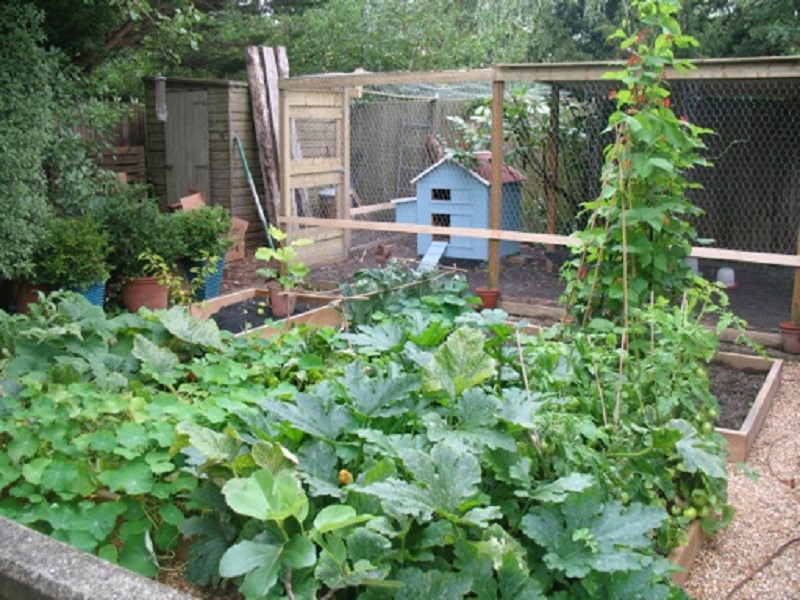
An abundance of crops in 6 Alexandra Road
The front garden of 21 Alexandra Road is packed with vegetable beds – overgrown with bee-friendly self-seeders. Behind the house, the Garden Owner, Sarah Morgan has made space in her flower beds for veg and herbs. Lovage, artichokes and bronze fennel look stunning in among the flowers and plant alpine strawberries and salad leaves are great for ground cover.
“I feel better knowing where my food is coming from and how fresh it is. Growing it keeps us fit too, gardening is good exercise, especially on this heavy clay.”
Across town in 129 Cromwell Road, Veronica Wheatley and Tudor Spencer believe growing salad leaves is the easiest way to get plenty of healthy greens: “We love the different varieties and mixes, and we ‘cut and come again’ through the year, from sorrel through to purslane. Growing from seed is such good value.
“Put simply, it makes me feel happy to know that such little effort can bring such rich rewards in terms of taste, freshness and wellbeing.”
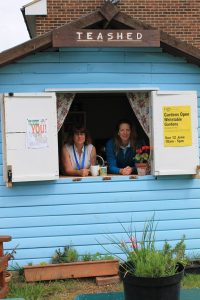
Jules Ellis and Belinda Murray both volunteer at Stream Walk Community Garden. Jules has been growing food for 30 years, and came across growing edible flowers on a permaculture course while travelling in Australia.
“They’re very easy to grow as most, especially marigolds, borage and nasturtiums are prolific self-seeders. Tasting edible flowers is always a great hit with visiting children, and there’s nothing better than a fresh salad scattered with flower petals.”
Both get huge satisfaction and joy from encouraging others to grow their own and being able to share their gardening passions with those new to growing produce. Stream Walk gives everyone in Whitstable the chance to garden, keep fit and share the health giving results of their labours.
Discover more inspiring stories and case studies in our Little Yellow Book of Gardens and Health














